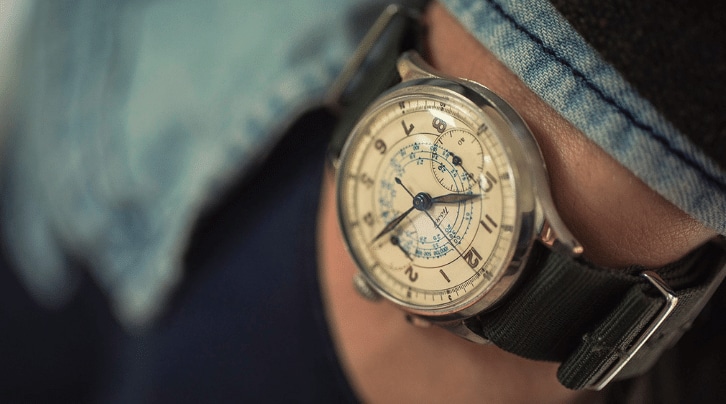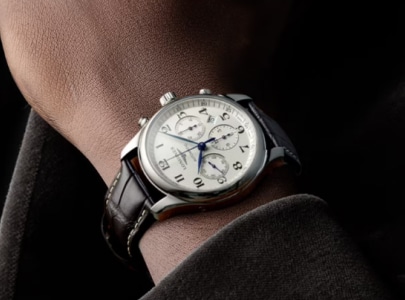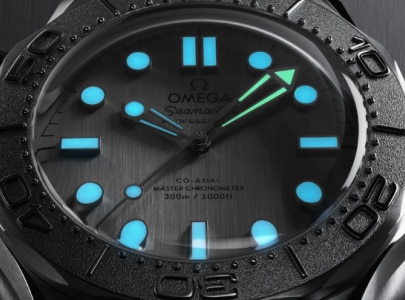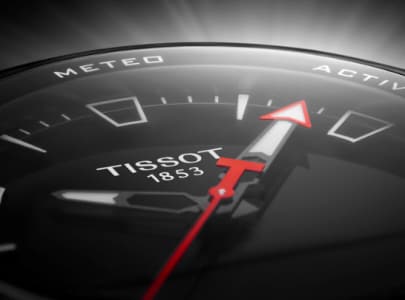It’s safe to say that watchmaking has come a long way since the days in the 17th century when watchmakers to the navy introduced springs to timekeeping mechanisms to compensate for rough sea conditions. This is actually what the first chronometers were used for, long before the first wrist watches that appeared in the 19th century.
But a chronometer and a chronograph are not the same thing. It might seem difficult at first for amateurs to distinguish between the two, as the nuances are subtle. But in reality, their characteristics are very different.
Let’s begin with the definition of a chronometer: an instrument designed to tell time with enough precision to be able to indicate seconds. In order to be classed as a chronometer, a timepiece requires COSC certification (from the Official Swiss Chronometer Testing Institute), which means that 7 criteria have been tested over the course of over two weeks at different atmospheric temperatures and in different situations.
This is completely different to the chronograph, which is a watch with a complication. This means the watch has a specific additional function i.e. an additional system/mechanism. This mechanism is designed to measure time from a specific moment as opposed to telling absolute time.
A chronograph is therefore equipped with one calibre that tells the time and another that can measure shorter periods of time.
The hand linked to this additional mechanism is usually located in the centre of the dial. Here’s where things get complicated: a chronograph can also have a stopwatch function, but only if it has the COSC certification mentioned above.
Generally speaking, discerning horology enthusiasts have a preference for chronographs, in the same way that sport enthusiasts might have a preference for diving or aviation watches. Chronographs are a watchmaking art in their own right. The large family of chronograph amateurs constantly acquires new members, who are attracted by their precision and aesthetic qualities.
Often, a chronograph features sub-dials that display the hours and minutes that have elapsed – and sometimes even fractions of a second – for guaranteed visual impact that is striking without being too busy. If one dial displays seconds, for example, the other might display the number of minutes that have elapsed. The counters generally range from 15 to 60 minutes, although most models display 30 minutes.
Another feature is a pusher that can display a precise calculation at the press of a button. But this pusher is much like the tachymeter bezel found on many watches: few people know how to use it for its primary function, which is to measure the average speed of an object over a specific distance.
Nevertheless, many appreciate these features for their elegant appearance and the fact that they give the impression that the wearer is a true watch enthusiast – without knowing they are wearing a range finder or heart rate monitor on their wrist, for example, which are also featured on certain chronograph watch models. The specificity of their features makes them somewhat irrelevant in our modern society in which anything can be calculated by a computer in a fraction of a second.
But wearing a chronograph is more than about just owning a watch. It’s about owning a piece of the history of horology. These are usually fine, sleek mechanisms, that are more difficult to use and maintain than diving watches but so much more elegant. This is partly what justifies the difference in price between these and other complications, such as those featured on diving watches. Above all, the beauty of a watch and the complexity of its mechanism are some of the main criteria to take into account when choosing a watch.



